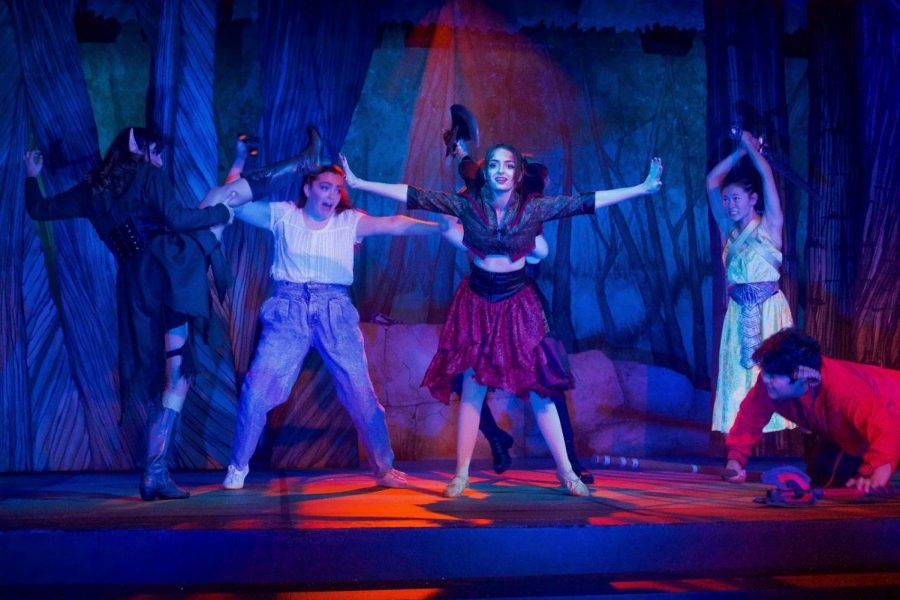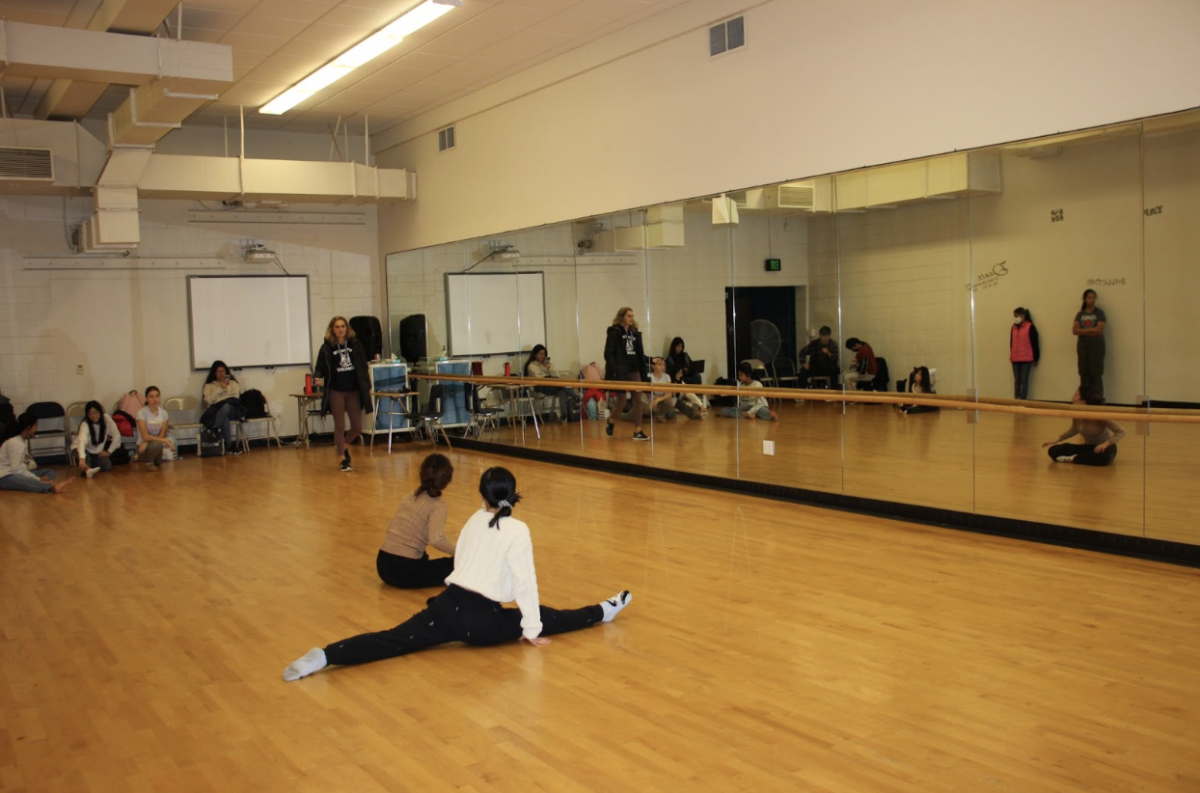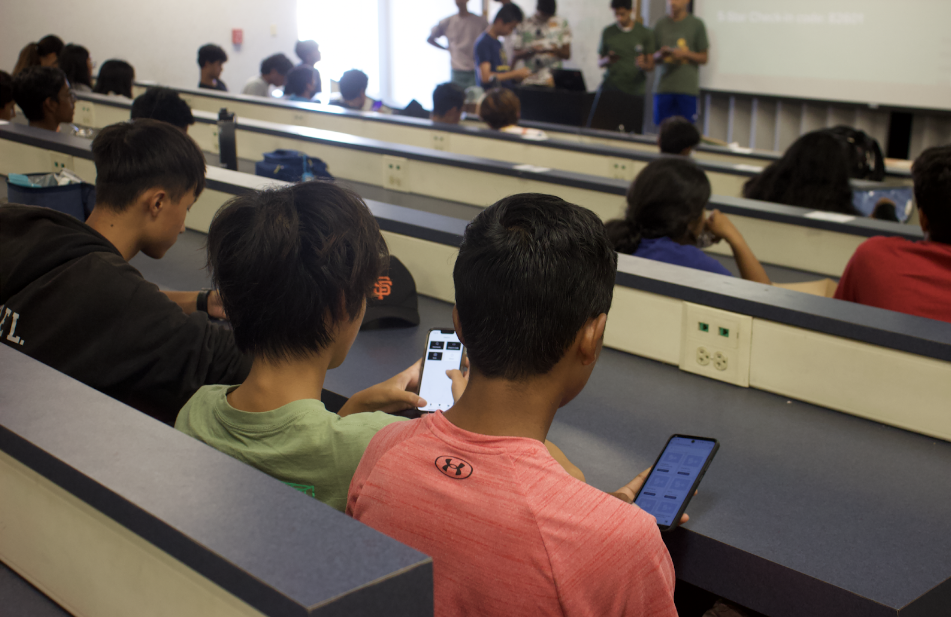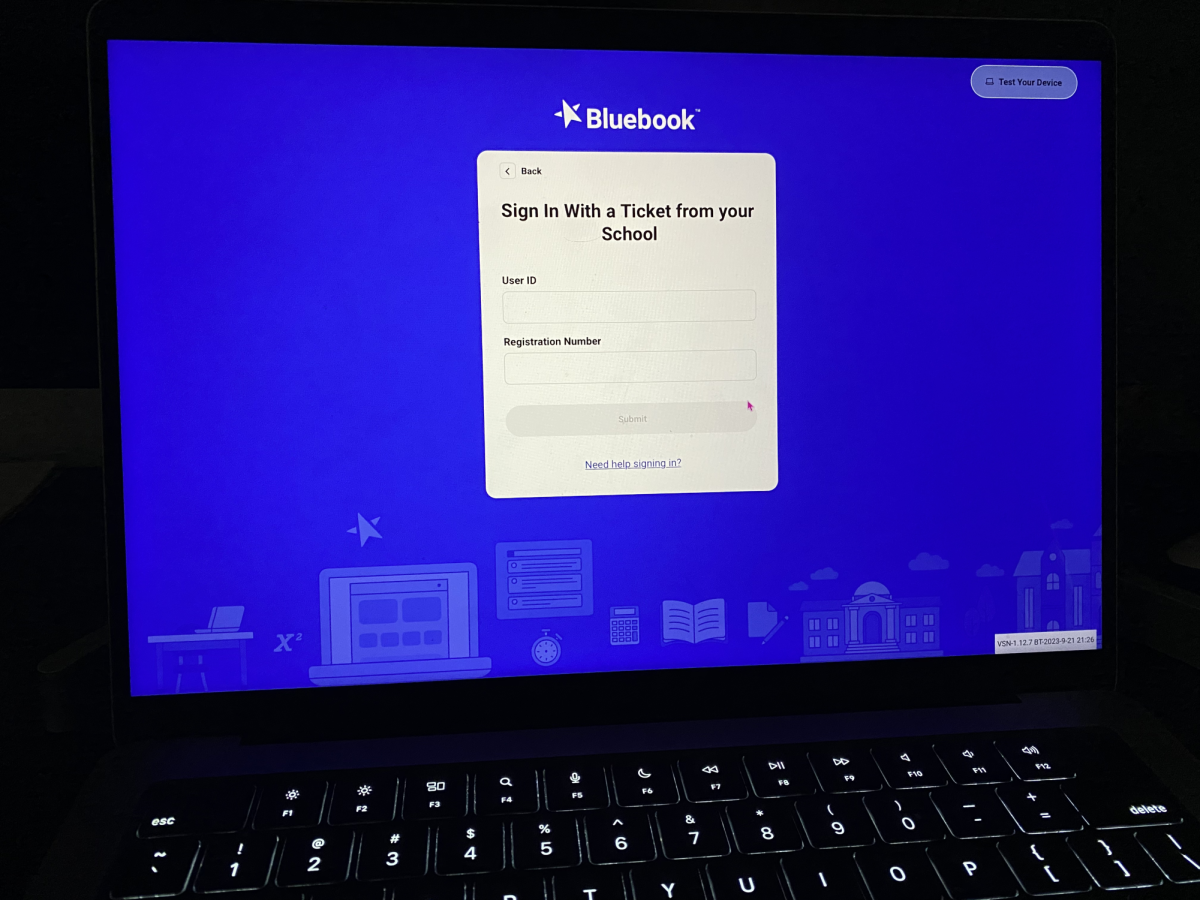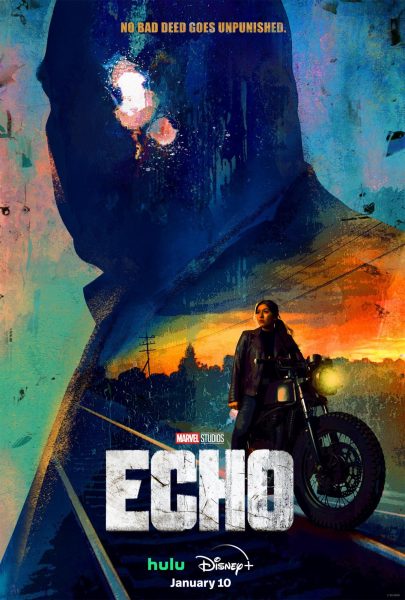ICT Production, She Kills Monsters, Truly Slays
Among the hilarious battles in the performance is a dream-like sequence featuring the gracefully aggressive Faerie, played by Gisele Lajevardi (10).
December 27, 2018
Irvington Conservatory Theater (ICT) opened Valhalla’s doors to the 2011 dramatic comedy play She Kills Monsters on the night of Friday, Nov. 30. Averaging 100 tickets per night, the two-hour fall production that featured two separate leading casts had the best turnout for a fall show in eight years. Thoroughly immersed into the story, I laughed and cried through the Dec. 1 performance, ICT’s wonderfully escapist and achingly grounded show that spotlighted Felicia Chang (10), Mehaa Mekala (12), and Niko Le (12).
She Kills Monsters, Vietnamese-American playwright Qui Nguyen’s 2011 dramatic comedy, revels in, as narrated by hooded narrator and assistant director Sonya Karpelevitch (12) “all its mighty geekery.” It’s not about legendary girl-nerd and Dungeon Master Tilly Evans (Chang), but rather spotlights her elder sister Agnes (Francesca Jensen), the averagely popular cheerleader in the land of Ohio. Agnes, following her younger sister’s death by car accident, uncovers Tilly’s Dungeons & Dragons (D&D) notebook, and in battling flesh-eating gelatinous cubes and six-headed dragons, confronts and accepts, not escapes, her sister’s death.
The performance largely follows the Young Adventurers’ Edition (slightly clean version) of Nguyen’s beloved, albeit gratuitously vulgar, script, but with a few delightful changes. (There were still plenty of innuendo, by the way.) To retain the messy complexity of sexuality, this performance included a critical scene from the original. Another major adjustment, transforming our heroine from English teacher to high school senior, allowed the narrative to resonate even more with its high school audience and explore further social alienation and popularity.
To differentiate separate spheres that are the real world of ‘90s Ohio and Tilly’s fantastical role-playing world, the show cleverly used both its center stage (for the game and daily life) and the upper alcove (for in-game pauses). Even as I painfully craned my neck to the right, I found the dual presentation critical to the comedy and, most especially, the simmering guilt and empathy underlying the narrative. Here, unlike ICT’s classical adaptations of yore, the show’s delivery and execution felt rough and imperfect, yet it created an appreciably organic and spontaneous effect. The choreographed role-playing fight scenes were at times comedically uneven—but then again, how perfect are dance battles and “Bugbears” supposed to be?
And embracing the ugly and imperfect is what this show is about: the physically impaired Kelly (Mekala), lesbian freshman Lily, and nerd Norman, role-play as a sexy elf, lesbian demon queen, and Overlord of the Underworld not to escape the scary, prejudiced wilderness of high school, but to live as they please. The shift from comedic to heartfelt couldn’t be better executed. That was key to embracing the show’s rough edges: those were not slips in delivery, but rather integral parts of the story.
Of course, Irvington’s thespian and stagecraft community are undeniably talented, and, combined with the affecting narrative, I found myself simultaneously entertained and touched by ICT’s fall performance.


